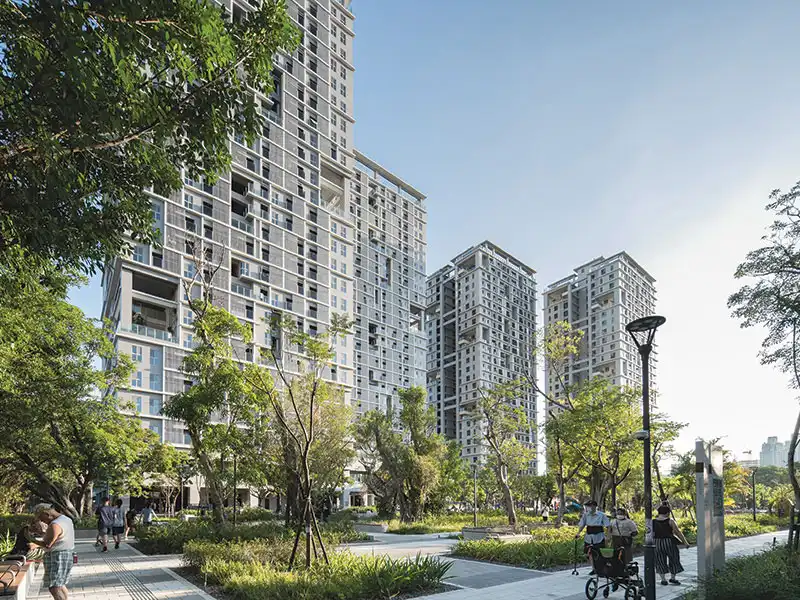Shrinivas Rao, CEO, Vestian
The Real Estate industry often faces constraints in adopting sustainable construction practices due to cost considerations, lack of awareness, and resistance to change within traditional construction practices. Furthermore, the fragmented nature of the industry, with multiple stakeholders involved in each project, can make it challenging to implement coordinated sustainability initiatives. Other challenges include rising consumer and/or industrial energy demand, deforestation, absence of climate change policies and programs, and problems implementing existing climate change policies.
Architects need to work in tandem with engineers, contractors, clients, governments, and communities towards a common goal of achieving net-zero emissions and address it as a priority. This commitment is key to creating an environment that is resilient to climate change, while also creating a lasting social and economic impact.
Operational & embodied carbon
To accelerate the transition to net zero construction, two elements need to be kept in mind: tackling the operational carbon and handling the embodied carbon. Operational carbon can be minimized through use of green construction materials and practices like reusing, recycling, refurbishing existing material, use of low carbon material, bio sourced materials, use of renewable sources of energy along with energy efficient equipment and design, opting for sustainability standards like LEED, WELL building, implementing sustainable design - right from site selection to construction to operations of the building.To measure and manage embodied carbon requires an understanding of how our choices in early stages of design and development impact downstream. In fact, a thorough carbon analysis as a part of the design scope can help establish objectives and understand what will make the project sustainable as well as cost-effective.
Designing for Disassembly
The need for considering sustainable deconstruction or disassembly prior to start of construction has led to the need for creating buildings based on the principle of “Designing for Disassembly”, a process of designing products such that they can be cost-effectively and rapidly taken apart at the end of their lifecycle. This ensures that the building can be quickly renovated or dismantled, either partially or wholly, and its parts (systems, materials, and components) reused or recycled. This design process includes developing assemblies, components, materials, construction techniques, and information and management systems.As the concept takes into consideration materials that can be reused, it significantly reduces emissions caused during the demolition of a building like dust, noise, and mechanical equipment emissions. It also ensures better health for workers and occupants through reduction of toxic material selection for construction.
















